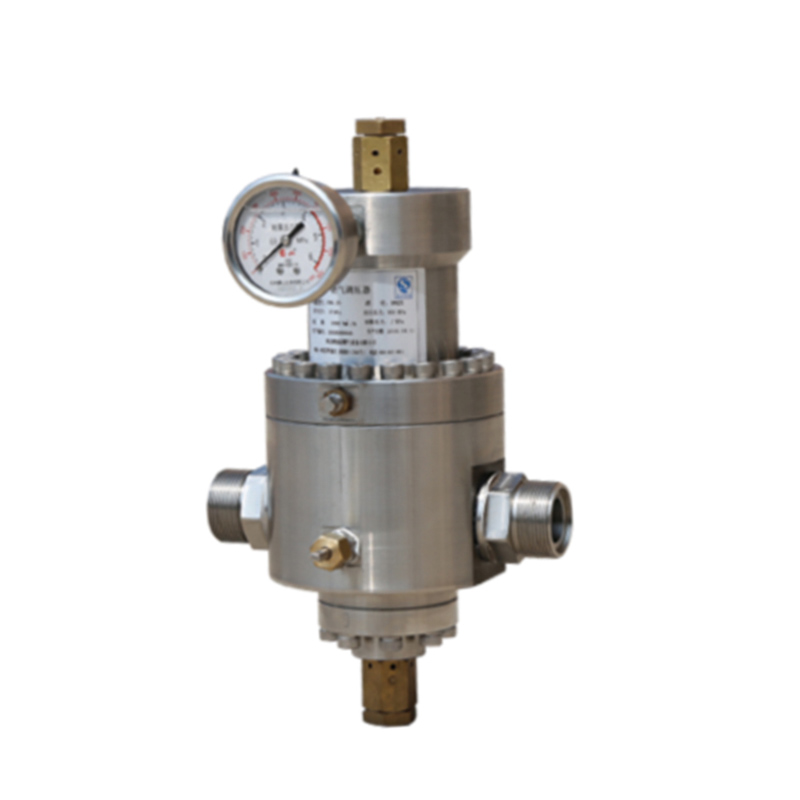
Jan . 02, 2025 11:52
Back to list
محطة تخفيض ضغط الغاز
Gas Pressure Reduction Stations An Overview
Gas pressure reduction stations (GPRs) play a crucial role in the transportation and distribution of natural gas. These facilities are essential in managing the pressure of gas as it moves through pipelines, ensuring that it remains at safe and usable levels for consumers and industries alike. This article explores the significance of GPRs, their components, functions, and the technologies employed in designing these stations.
Understanding the Importance of GPRs
The journey of natural gas begins at extraction sites, where it is collected and transported through high-pressure pipelines. However, by the time it reaches consumers—residences, businesses, or power plants—the pressure must be significantly lowered to ensure safety and efficiency. This is where gas pressure reduction stations come into play. They are strategically located along the pipeline network to manage and reduce the pressure of flowing gas, playing an integral role in the overall infrastructure of natural gas distribution.
Components of Gas Pressure Reduction Stations
A typical gas pressure reduction station comprises several key components that work together to regulate gas pressure physically. These include
1. Pressure Regulators These devices are fundamental in controlling the pressure of the gas. They adjust the flow of gas in response to changes in pressure and demand, ensuring a consistent supply.
2. Safety Alarms and Shut-off Valves Safety is paramount in gas distribution. GPRs are equipped with alarms that notify operators of pressure anomalies and automatic shut-off valves that engage in emergencies to prevent accidents.
3. Filtration Systems Prior to reducing pressure, the gas must be cleaned of impurities that could damage equipment or pose hazards. These systems filter particulate matter and liquids from the gas stream.
4. Control Systems Modern GPRs utilize advanced control systems that monitor and manage the entire station’s function. These systems employ algorithms to respond proactively to pressure fluctuations and maintain optimal flow rates.
محطة تخفيض ضغط الغاز

5. Measurement Equipment Accurate measurement is vital for monitoring gas volumes and maintaining safety standards. Flow meters and pressure gauges are essential components that help operators maintain proper gas flow.
Functions of Gas Pressure Reduction Stations
The primary function of a GPR is to reduce the pressure of natural gas from high transmission levels to lower distribution levels. However, their role extends beyond mere pressure reduction. GPRs also calibrate the flow of gas to meet the varying demands of consumers throughout the day and across seasons. For instance, during high-demand periods, such as winter months when heating needs increase, GPRs ensure a constant and adequate supply of gas.
Moreover, GPRs are vital in integrating renewable energy sources into the gas grid. As the energy landscape evolves, GPRs can assist in accommodating biogas or hydrogen blends with natural gas. This adaptability is crucial for transitioning to a more sustainable energy future.
Technological Innovations in GPRs
Recent advancements in technology have revolutionized the design and operation of gas pressure reduction stations. The integration of digital monitoring systems and IoT (Internet of Things) devices allows for real-time data collection and analysis. Operators can now access information remotely, enhancing operational efficiency and response times.
Furthermore, automated systems improve the safety and reliability of GPRs. Innovations such as predictive maintenance use data analytics to foresee equipment failures before they happen, reducing downtime and maintenance costs.
Conclusion
Gas pressure reduction stations are indispensable in the natural gas supply chain, ensuring the safe and efficient delivery of gas to end-users. As demand for natural gas continues to grow and the energy sector evolves, GPRs will remain vital for managing gas pressure and integrating new energy solutions. Embracing technological advancements will further enhance the effectiveness of these stations, ensuring a reliable gas supply for future generations.
Next:
Latest news
-
Safety Valve Spring-Loaded Design Overpressure ProtectionNewsJul.25,2025
-
Precision Voltage Regulator AC5 Accuracy Grade PerformanceNewsJul.25,2025
-
Natural Gas Pressure Regulating Skid Industrial Pipeline ApplicationsNewsJul.25,2025
-
Natural Gas Filter Stainless Steel Mesh Element DesignNewsJul.25,2025
-
Gas Pressure Regulator Valve Direct-Acting Spring-Loaded DesignNewsJul.25,2025
-
Decompression Equipment Multi-Stage Heat Exchange System DesignNewsJul.25,2025

